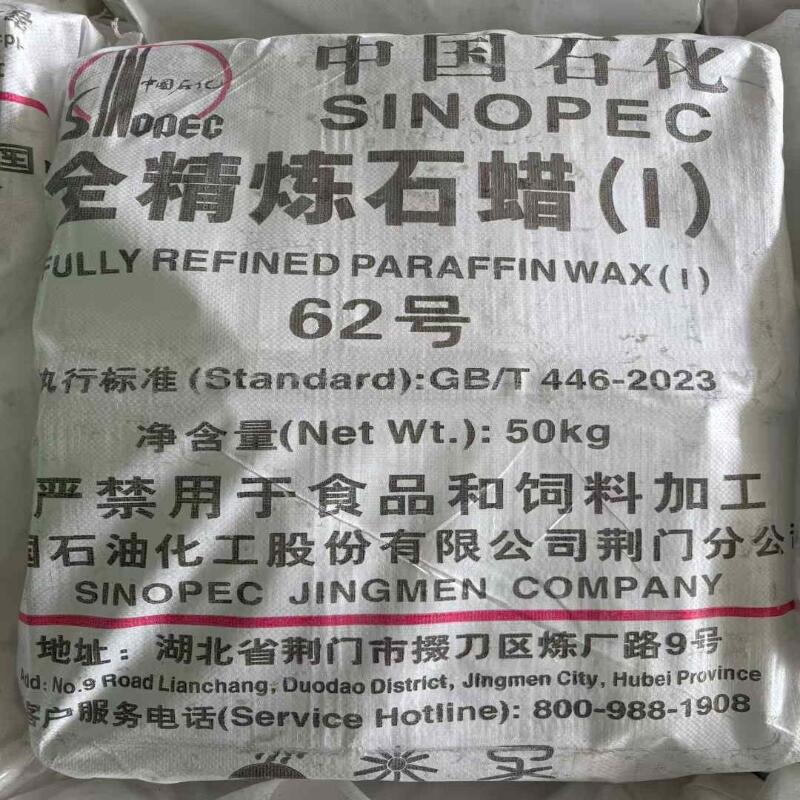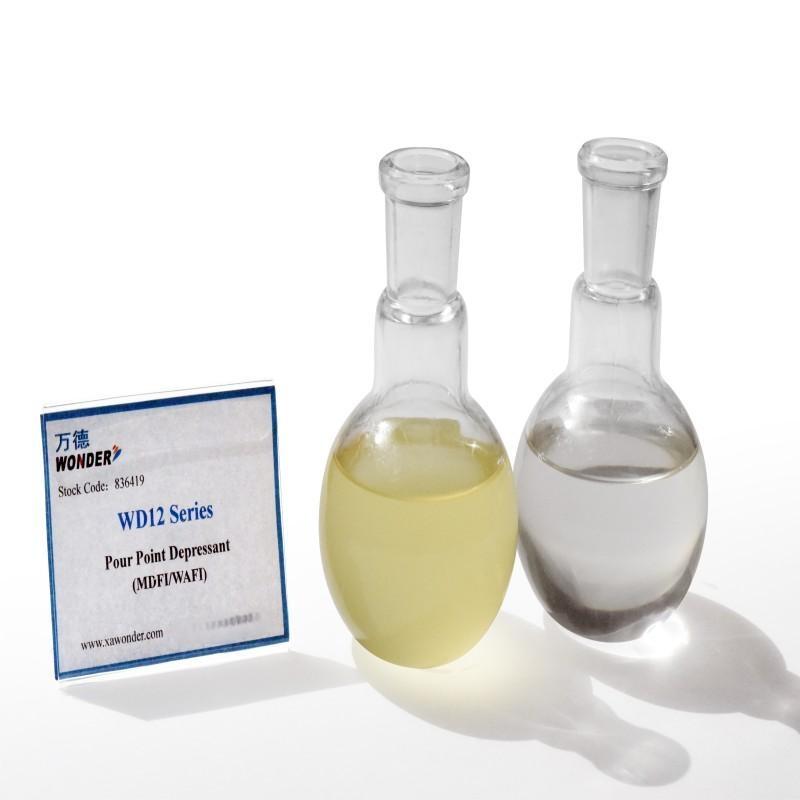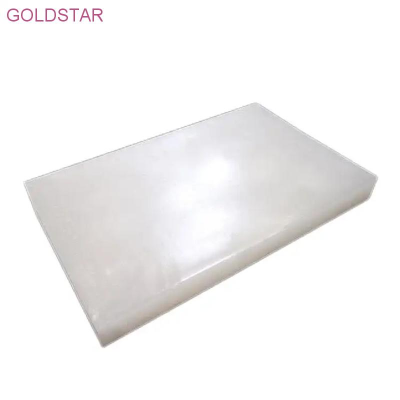-
Categories
-
Pharmaceutical Intermediates
-
Active Pharmaceutical Ingredients
-
Food Additives
- Industrial Coatings
- Agrochemicals
- Dyes and Pigments
- Surfactant
- Flavors and Fragrances
- Chemical Reagents
- Catalyst and Auxiliary
- Natural Products
- Inorganic Chemistry
-
Organic Chemistry
-
Biochemical Engineering
- Analytical Chemistry
-
Cosmetic Ingredient
- Water Treatment Chemical
-
Pharmaceutical Intermediates
Promotion
ECHEMI Mall
Wholesale
Weekly Price
Exhibition
News
-
Trade Service
1.
Scope
1.
1 This standard specifies the method
for determining hydrocarbons in #petroleum# petroleum fractions with a boiling point lower than 315C.
Determination concentration range: the volume fraction of aromatic hydrocarbons is 5% to 99%, and the volume fraction of olefins is 0.
3%~55%, the volume fraction of saturated hydrocarbons is 1% to 95%; This standard can also be used for samples with concentrations beyond the above range, but no precision is determined
.
This standard does not apply to samples containing dark components that affect the reading of hydrocarbon chromatography
.
1.
2 This standard can be used to determine the full boiling range of petroleum products, but statistical test data show that the precision of this standard is not suitable for narrow petroleum fractions with a boiling point close to 315C, such samples can not be separated normally, and the measurement results are unstable
.
1.
3 This standard has not yet determined whether it applies to products derived from non-petroleum fossil fuels such as coal, shale or oil sands asphalt, and its precision may or may not apply
to such products.
1.
4 The precision of this standard is described
in two tables.
The first table applies to unleaded fuels with blended components that do not contain oxygenated compounds, and it may or may not apply to automotive gasoline
with leaded explosion-resistant mixtures.
The second table applies to automotive spark ignition fuel samples blended with oxygenated compounds (e.
g.
, MTBE, ethanol), in which the volume fraction of aromatic hydrocarbon content ranges from 13% to 40%, the volume fraction of olefin content range is 4% to 33%, and the volume fraction of saturated hydrocarbon content range is 45% to 68%.
1.
5 This standard applies to samples
containing certain oxygenated compound blending components.
These oxygenated compounds are: methanol, ethanol, methyl tert-butyl ether (MTBE), tert-pentyl methyl ether (TAME) and ethyl tert-butyl ether (ETBE), their concentrations in general blended products do not affect the hydrocarbon determination, are not detected with alcohol elutatives, and other oxygenated compounds must be verified
by -- -.
When analyzing samples containing oxygenated compound blending components, the results should be corrected
on a whole-sample basis.
Note: If the assay concentration is less than 0.
3% (volume fraction) of olefins, can be used in other methods, such as GB/T 11136.







